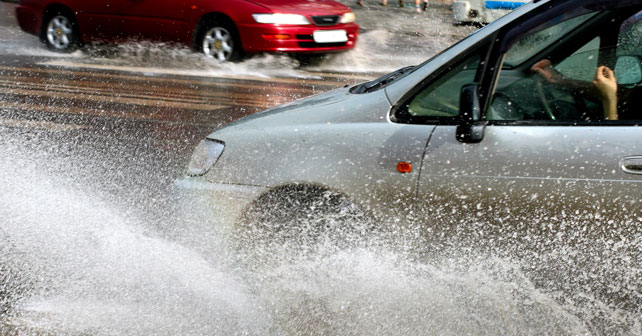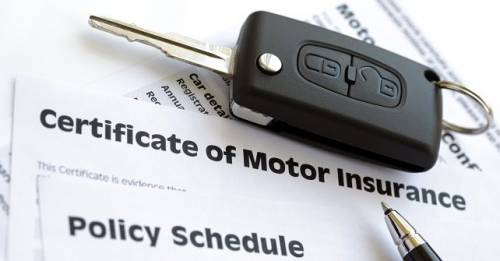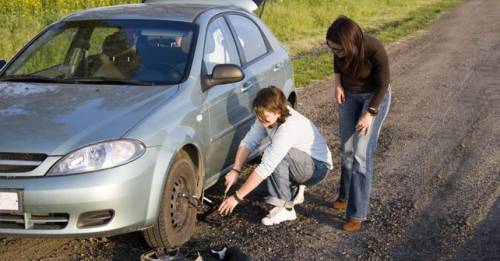
The monsoon is here in full force, and with the rain comes a host of challenges that are faced by drivers out on the road. Some of these challenges stem from practical problems, while others are due to the crumbling infrastructure.
So, in this article, we look at the most common problems of driving in the rains, and offer some simple tips for staying safe while driving.
Maintain Speed according to Visibility: In the rain, visibility goes down dramatically. Naturally, low light along with rain makes it difficult for the driver to see, therefore, it is necessary to maintain adequate distance from the vehicle ahead. There are two reasons for doing this. One, the braking distance required to stop from speed increases exponentially when the road surface is slippery, so extra distance is required to stop a vehicle. Two, in case the vehicle ahead is involved in a panic-braking situation, you have reduced reaction time to take evasive action due to decreased visibility. So, it is important to ensure that there is enough distance being maintained between your vehicle and the vehicle ahead, and that the speed is kept at a safe level.
Prevent Aquaplaning: As a vehicle travels on a wet surface, a thin layer of water gets trapped between the road surface and the vehicle’s tyres. Now, at moderate speeds, modern tyres can easily clear this volume of water through the grooves in the tread design. However, at high speeds, the volume of water can grow to such an extent that the tyres are no longer able to clear it fast enough. A film of water accumulates between the tyre and road surface, due to which there is no contact between the tyre and the road. This is known as aquaplaning. Since there is no longer direct contact between the tyres and the road, there is literally no grip available. Aquaplaning can lead to the vehicle going out of control or skidding off the road. So keep your speed in check to make sure aquaplaning doesn’t occur.
Check the Essentials: It is important to ensure that the essential items in your vehicle are in perfect order. In the rainy season, this means checking the wiper blades, which should habitually be checked before each monsoon to make sure the rubber in the blades hasn’t dried up and the wiper is able to clean the windscreen effectively. Then, naturally, there are the tyres, which need to have enough depth in the tread to ensure that they clear the water effectively. Worn out tyres is a very common cause of aquaplaning. The third check is to make sure all the lights of the vehicle are functioning properly. During heavy rains the lights help other drivers spot you on the road.
Hydrostatic Lock: A rather common problem nowadays is Hydrostatic Lock. This is the technical term for a condition wherein water enters the vehicle’s engine and leads to a catastrophic failure. More often than not, this happens when trying to wade through deep water, where water enters the engine through the air intake and damages the engine. Since the damage often requires a complete rebuild or replacement of the engine, it is a very costly mistake to make. Therefore, in case of a situation where the vehicle has to be driven through deep water, either turn around to find another route, or wait for a larger vehicle to wade through first to give you an idea of the depth of the water. A very important lesson to remember is that if your vehicle stalls in deep water, do not try to restart it unless you’re sure the air intake is above the water level and water cannot be sucked into the engine.























Write your Comment